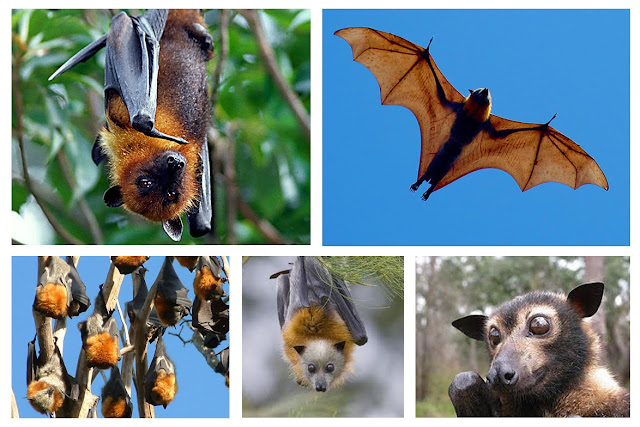In Praise of Bats
The first chapter of Moon by Whale Light focuses on bats. A personal favourite of mine, this may have been my initial draw to read the book. She travels to see Merlin Tuttle who has done a great deal to educate people about bats and preserve their species all over the world. One of the leading experts on bats and the founder of Bat Conservation International. Which holds a variety of useful bat information, such as how to humanely remove one from your home, as well as information on how they are impacted by wind energy and human interaction. You can even purchase the official 2011 bat calendar or your own personal bat house.
 Honduran White Bat.
Honduran White Bat.Bats make up nearly one quarter of all the worlds mammals, So there is much diversity in behavior and physiology. The greatest distinction is between megabats and microbats. Megabats are the large fruit eating species such as flying foxes. They have large eyes that they use to see as opposed to echolocation and may be distantly related to the primates.
 Clockwise:Marianas Flying Fox, Gray Headed Flying Fox, Gray Headed Flying Foxes, another GHFF, and a Spectacled Flying Fox
Clockwise:Marianas Flying Fox, Gray Headed Flying Fox, Gray Headed Flying Foxes, another GHFF, and a Spectacled Flying Fox
Red Flying Fox
The microbats, often referred to as the true bats, are smaller and use echolocation instead of sight. There are over 800 species making these bats far more diverse with much more visual differences.
 Clockwise: Chapin's Free-tailed Bat, Vampire Bat, Bulldog or Fisherman Bat, Greater Round Eared Bat, Silver Haired Bat, Long Tongued Bat and Big Free-tailed Bat.
Clockwise: Chapin's Free-tailed Bat, Vampire Bat, Bulldog or Fisherman Bat, Greater Round Eared Bat, Silver Haired Bat, Long Tongued Bat and Big Free-tailed Bat.All of the photos immediately previous and following are by Merlin Tuttle himself, who has done a great deal for the perception of bats simply by the way he photographs them. The common way to photograph them was to stretch them by each wingtip or clutch them tightly. Both ways show that bats terrified and trying to escape, usually with mouths open, giving the impression of being ferocious. When bats are echolocating they open their mouths, often showing their teeth. They are not threatening, only trying to understand where they are. Tuttle's photographs show a much more interesting side of bats. Each one with such different features, all to aid with echolocation or feeding. And each one looking the stoic character patiently having a portrait taken. There is a wonderful gallery of his work (a lifetime's worth) where all kinds of bats are photographed looking perfectly amiable going about their bat lives.
 Clockwise: D'Orbigny's Round Eared Bat, Yellow Shouldered Bat, Ghost-Faced Bat, Eastern Red Bat, Virginia Big Eared Bat, Hoary Bat and Cave Myotis Bat.
Clockwise: D'Orbigny's Round Eared Bat, Yellow Shouldered Bat, Ghost-Faced Bat, Eastern Red Bat, Virginia Big Eared Bat, Hoary Bat and Cave Myotis Bat.Changing the public perception of bats is very important as their colonies are still being disturbed and destroyed. Bats can eat several tons of insects in a year, which can be beneficial to crops, and are excellent pollinators.
 Long-nosed Bat pollinating Saguaro.
Long-nosed Bat pollinating Saguaro.I find it hard to understand an aversion to bats as I find them delicate and endearing. I love their strange faces and the idea of a flying mammal, so efficient with its night time survival. Perhaps it is our dislocation with the night that has led to our misconceptions about bats. We rarely see them and when we do it is unexpected. Perhaps we should look a little harder for them.

No comments:
Post a Comment